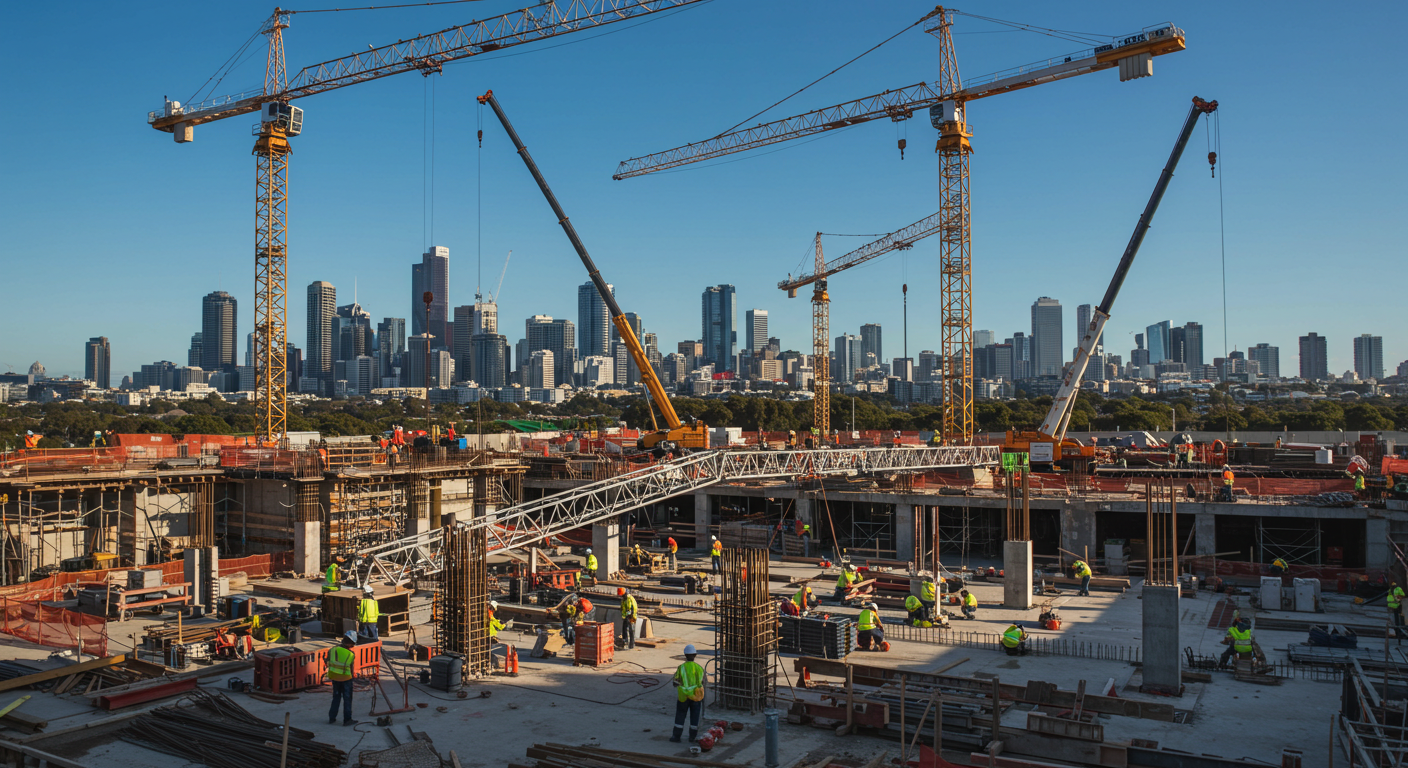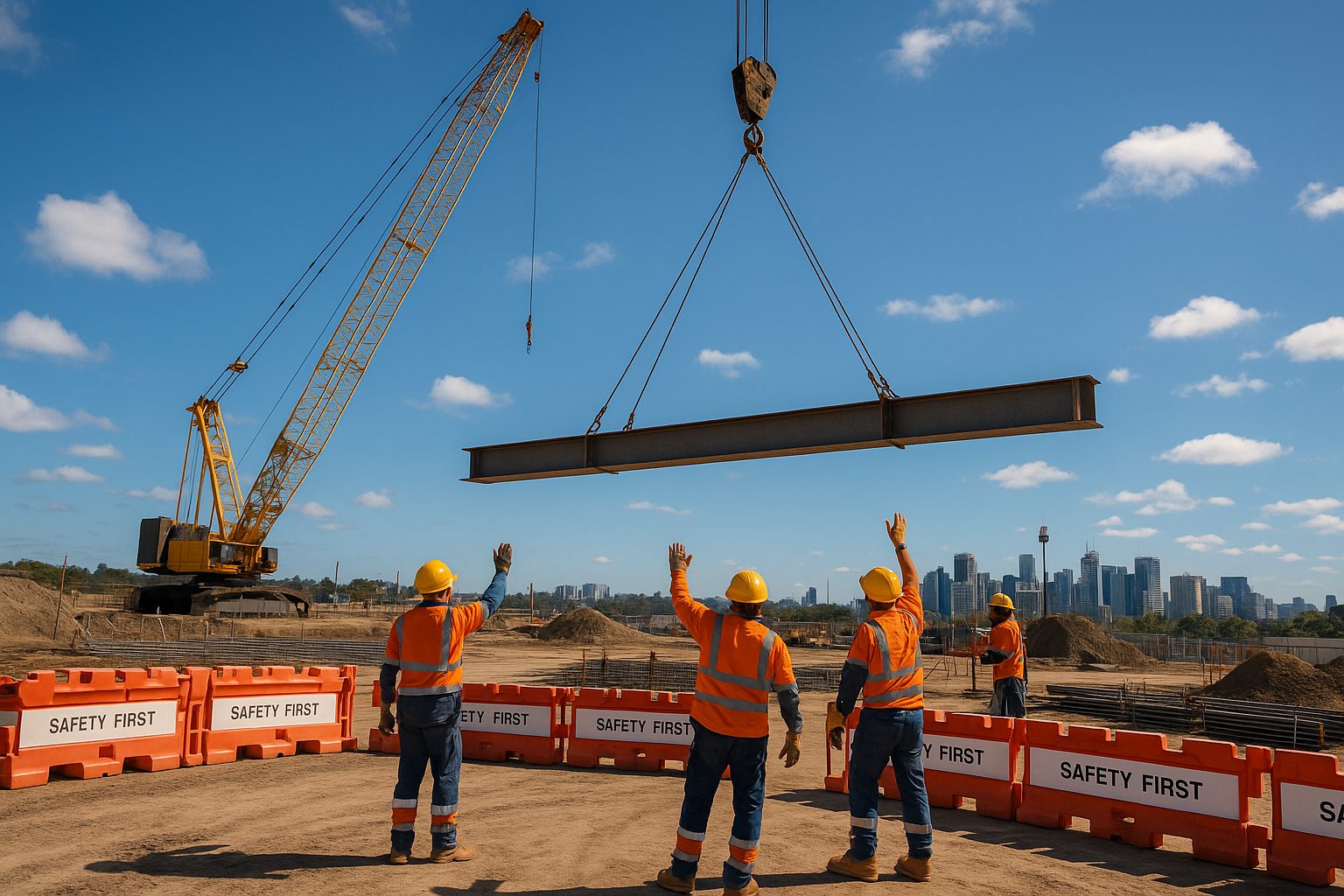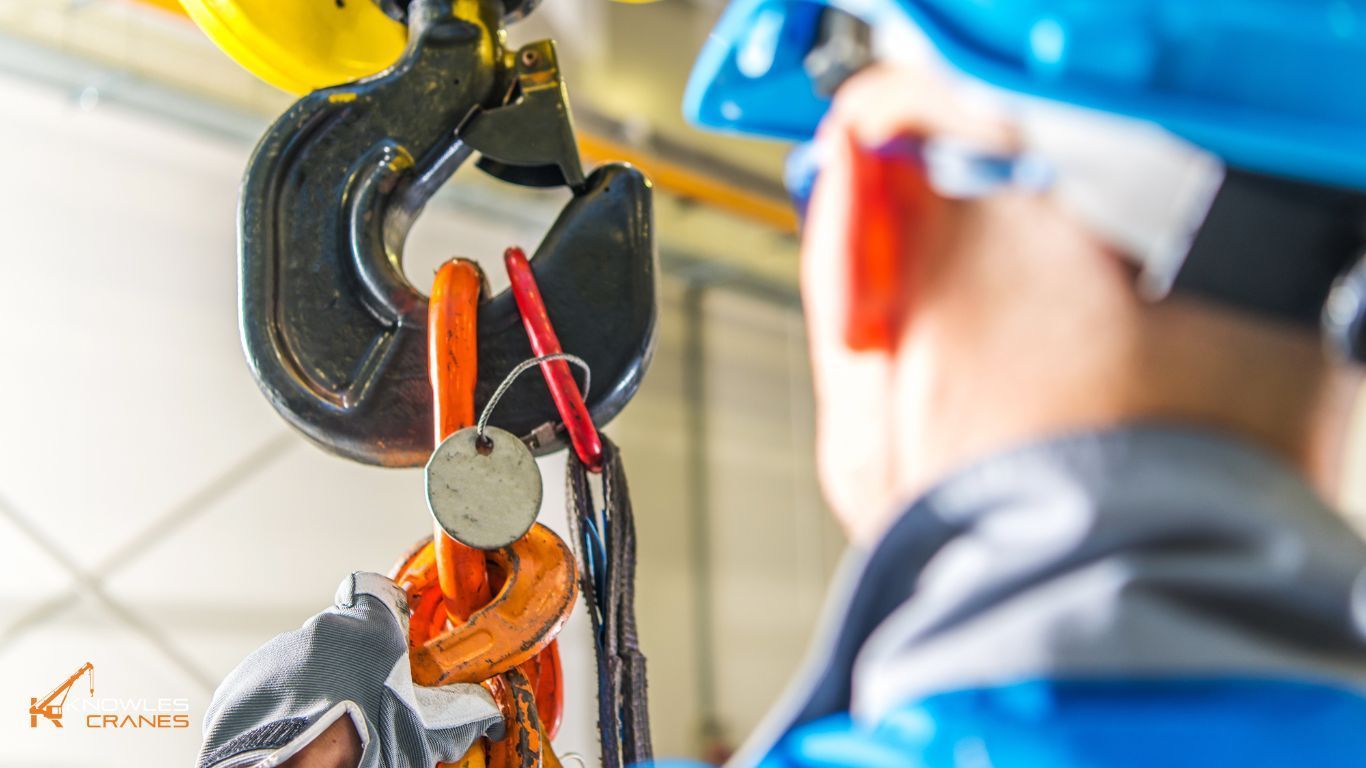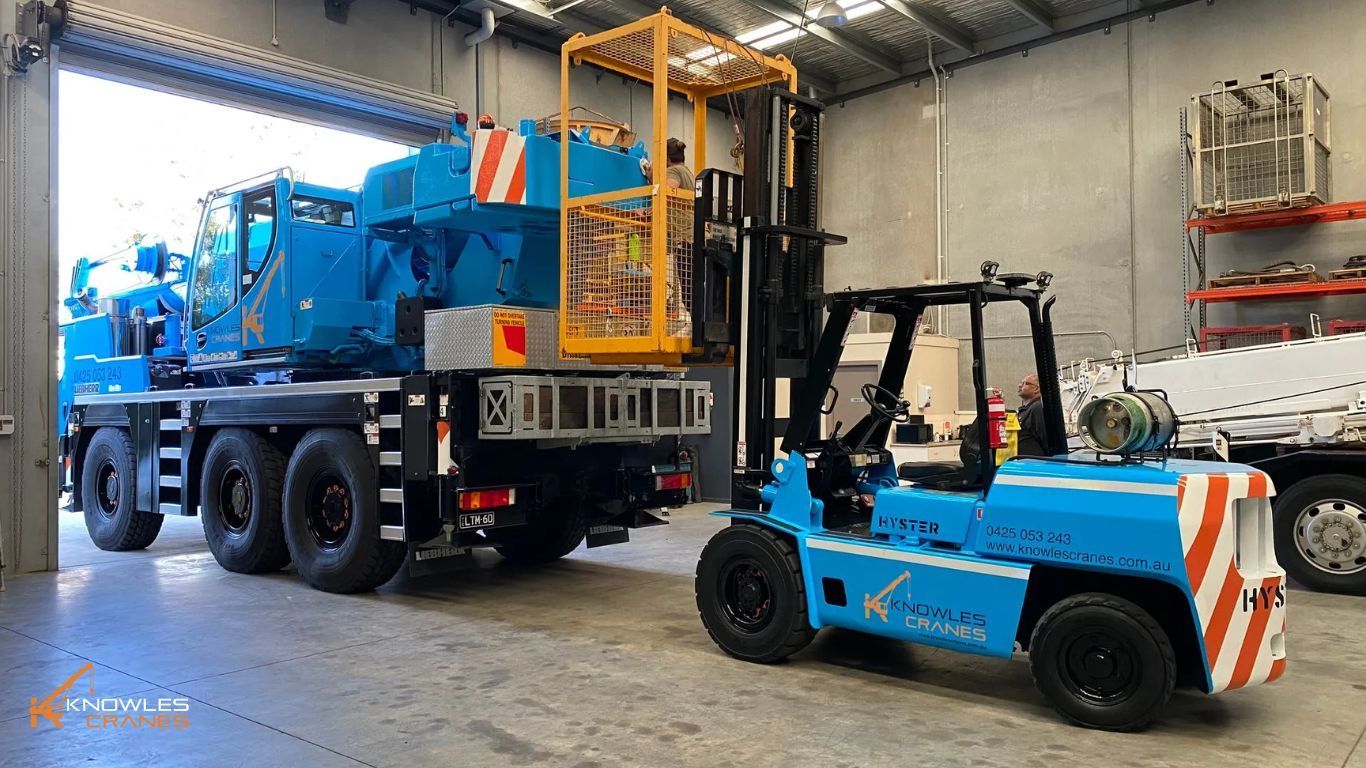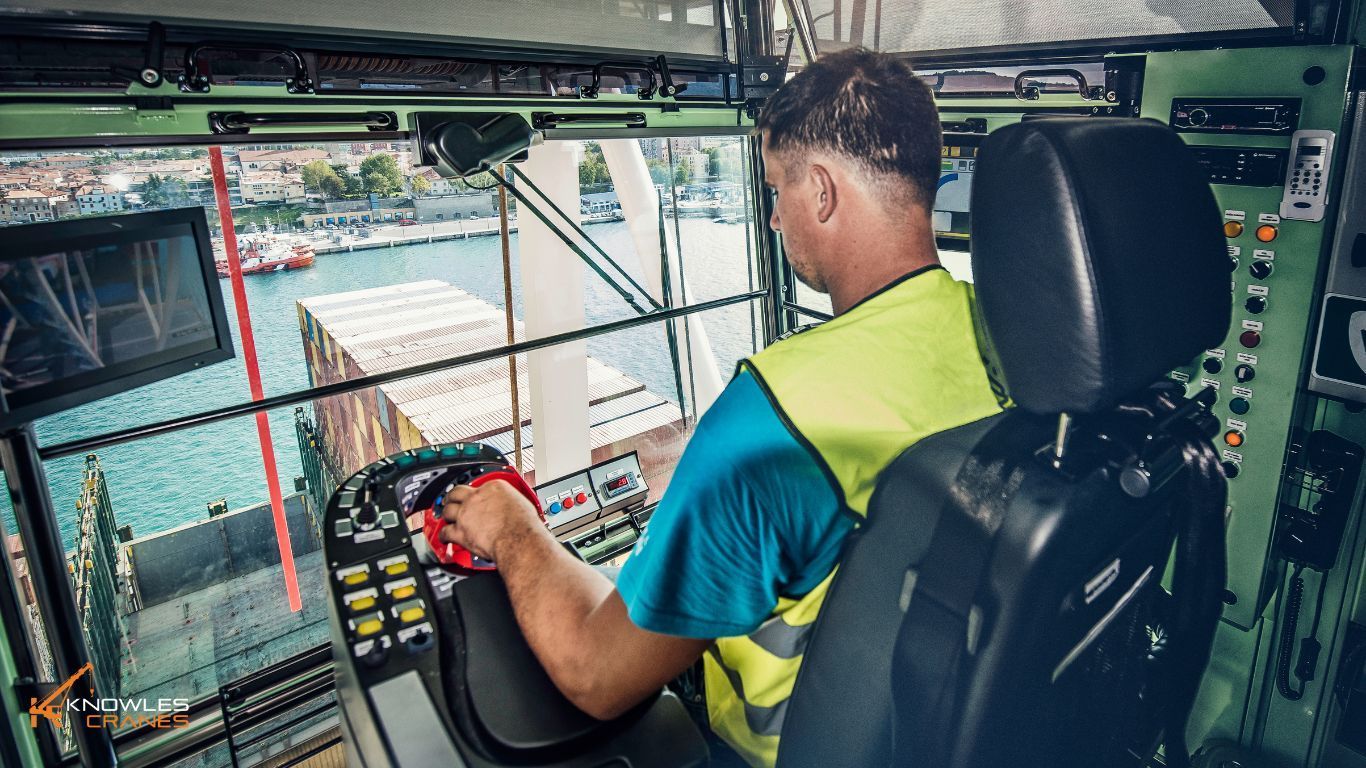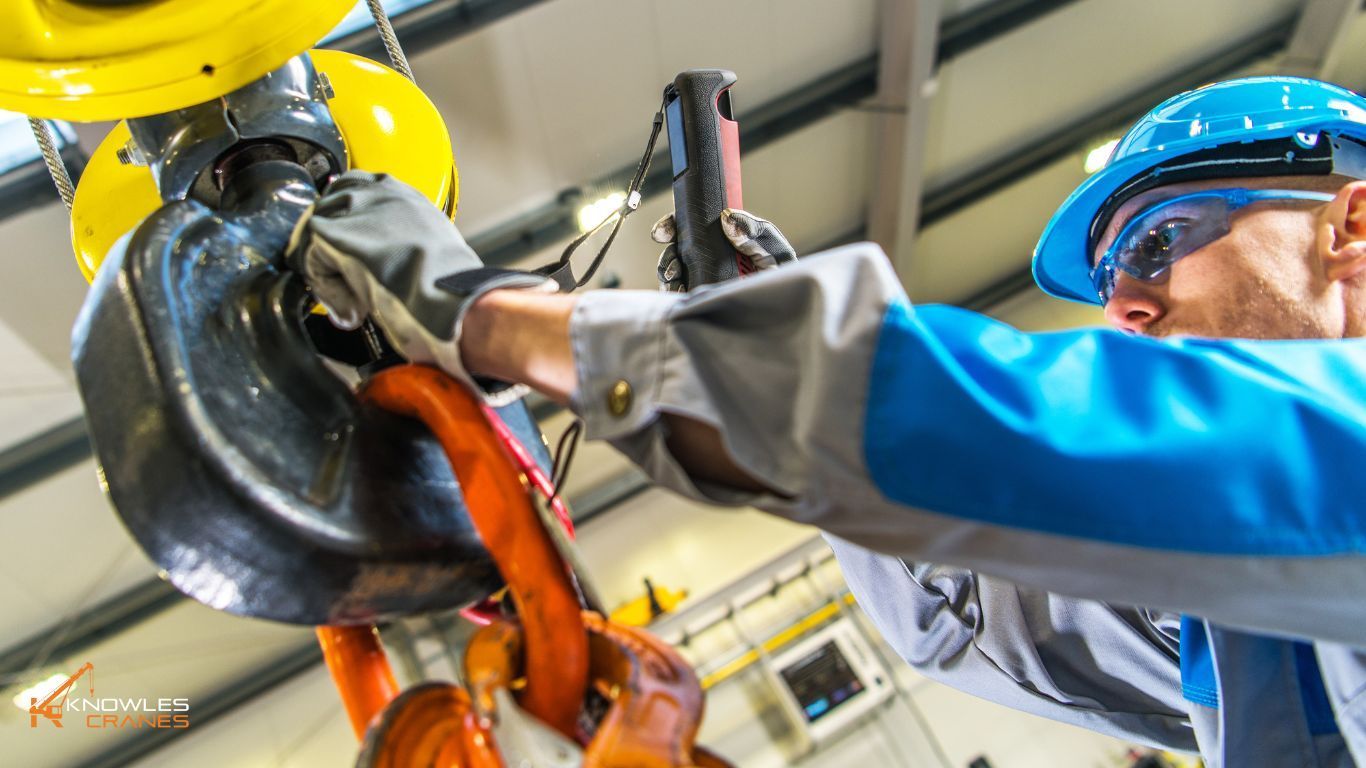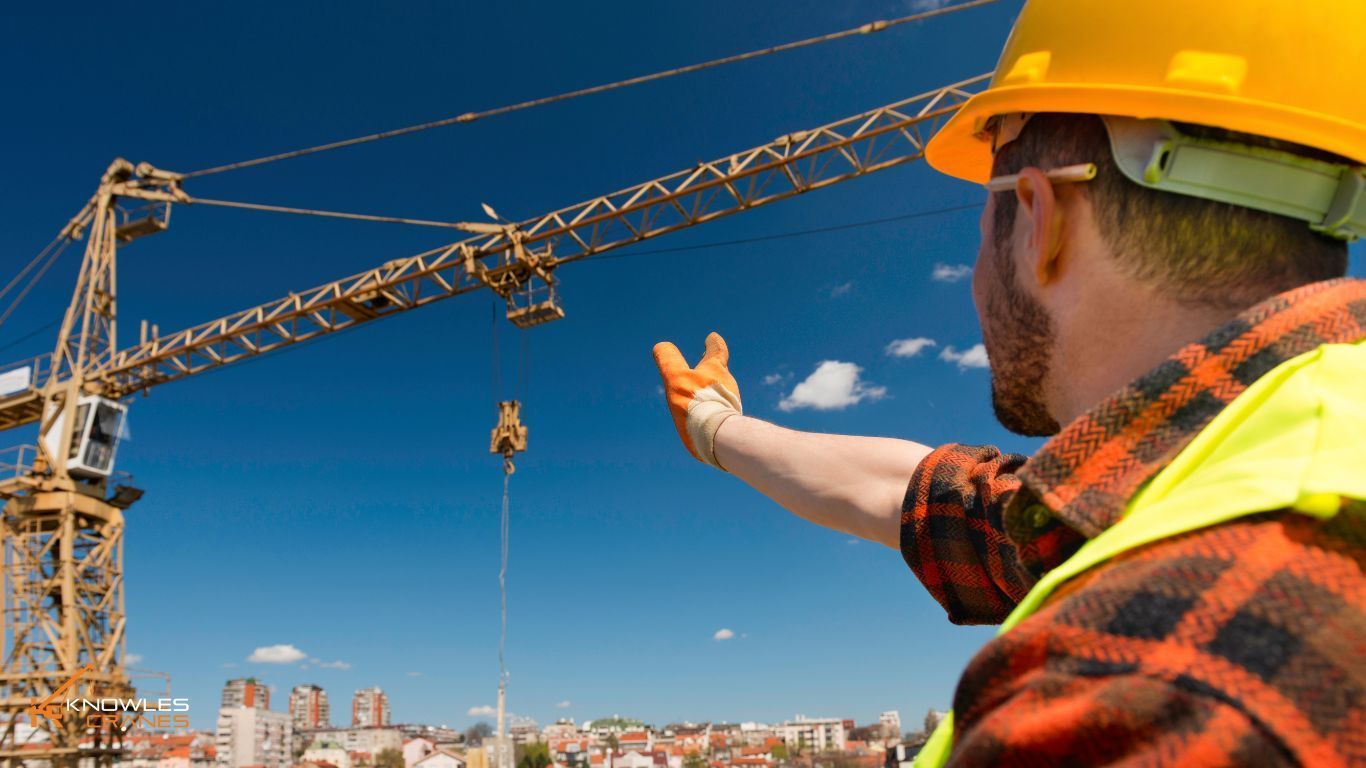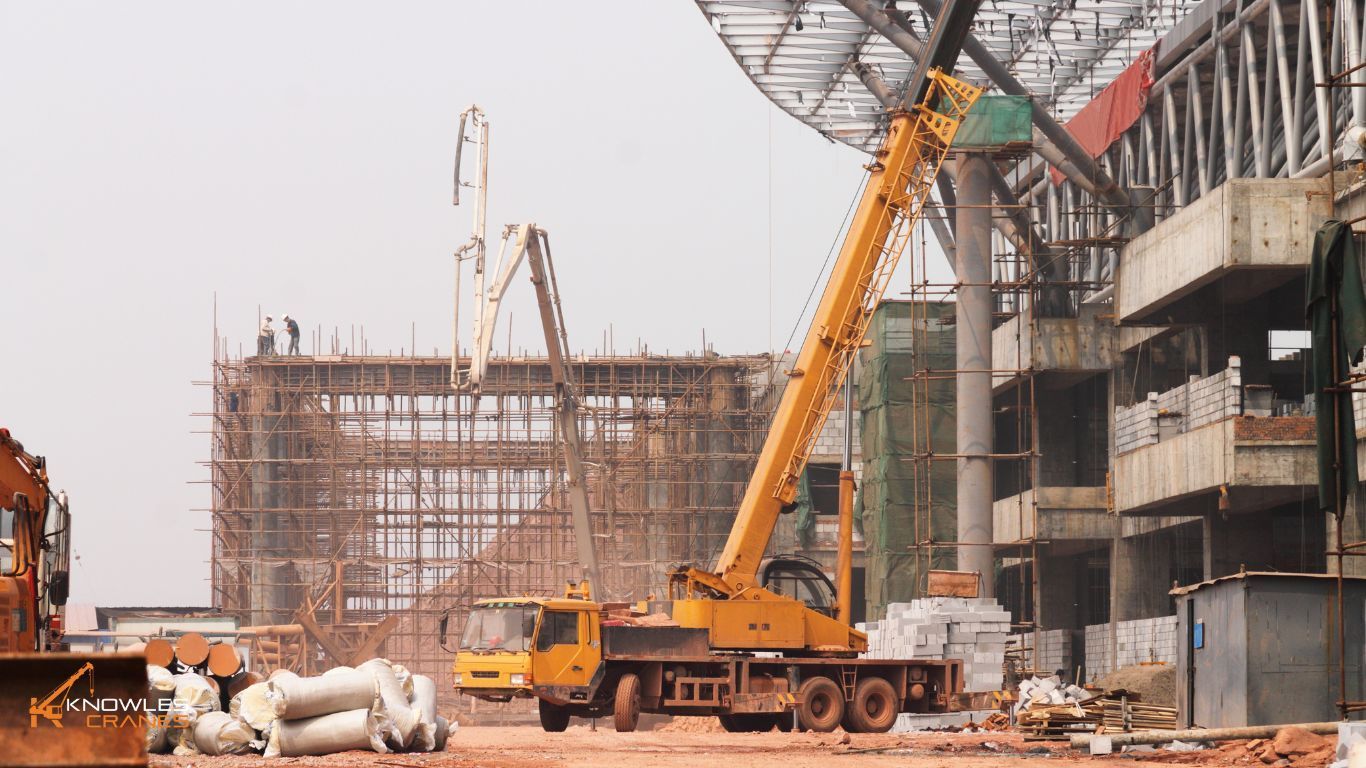Everything You Should Know About Rigging Services
When it comes to lifting heavy materials on construction or industrial sites, attention goes straight to the crane, as they are large and powerful. But the real work lies in the hands of the rigging crew. In Victoria, where safety rules and building standards are strictly enforced, each step of rigging services plays a big role. In this article, we’ll try to understand rigging service, its role in construction, and the types of equipment.
What Is Rigging?
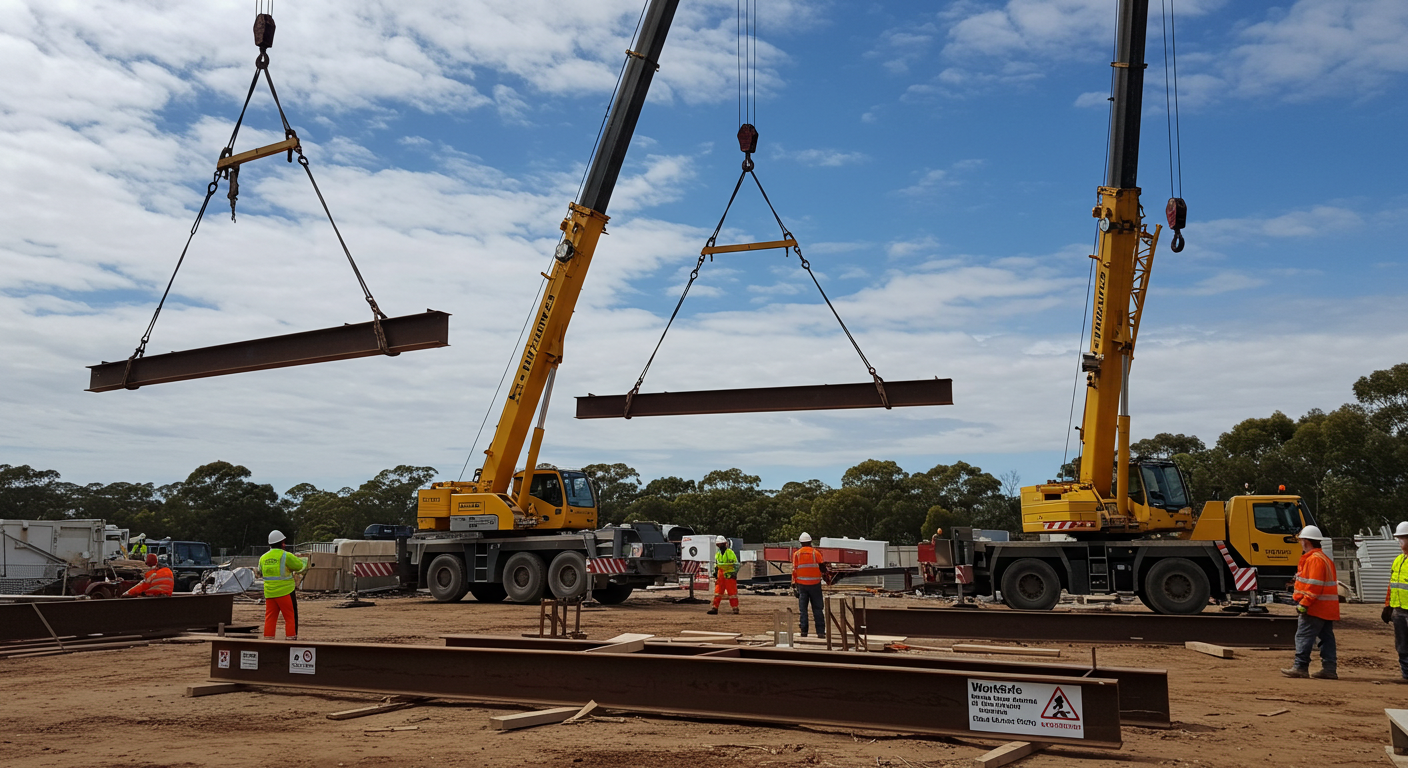
Rigging goes beyond just moving equipment within Australia's advanced infrastructure sector. People often confuse rigging vs lifting, but they are not the same. Lifting involves raising the load, while rigging focuses on planning and logistics to make lifting safe. Here are the key steps of rigging:
Step 1: The process starts with an analysis of the load and the project site. A crew assesses the item's weight, size, shape, and its centre of gravity. They also check the site conditions, including the ground, overhead clearance, and the lift radius, to choose the appropriate types of rigging services.
Step 2: After identifying the load's characteristics, the selection of the right tool starts. The load's dimensions, its connection points, and how it needs to be lifted all determine the gear choice. The setup is configured using planned lifting and hoisting techniques. Use flexible slings or spreader bars if the load has unbalanced weight. Proper load securing techniques hold the item stable during positioning. Preparing a detailed checklist before lifting is crucial to ensure site safety, angles, and environmental conditions.
Step 3: The lifting begins with heavy equipment, such as cranes, hoists, or other specialised gear. The item is lifted, guided to its location, and then installed as needed. Several lifting points can be used to distribute the weight based on its complexity. Riggers keep a close eye on the movement while making adjustments, especially when handling multi-crane or more complex lifts.
Step 4: When the load reaches its destination, whether it is being installed, stacked, or relocated, it's released. Everything must be aligned before the tools get removed or sent back to storage. It is demobilising instead if sourced through the rigging equipment rental. At Knowles Cranes, this is an essential part of many operations from on-site equipment relocation to the installation of structural steel.
Types Of Rigging Equipment
The rigging tools make a secure connection between loads and lifting machines to move objects from one location to the other. Let's look at the most common types of rigging equipment.
Wire Rope Slings Wire
They're made up of steel wire strands twisted together to support the load shape during the lifting process. Wire rope slings are mounted to the crane with hooks, swivels, or shackles to move a load. You can find these slings in different setups, like single-leg, double-leg, multi-leg versions, and braided slings.
Shackles
They link slings, hooks, and other rigging parts to the load or lifting gear. Different kinds of shackles include screw-pin, bolt-type, and round-pin shackles. People often go for screw-pin shackles because they're easy to use and quick to connect. On the other hand, bolt-type shackles offer extra safety.
Chain Slings
They are made of metal chain links and use hooks on each end to attach to loads. Use them in foundries, steel mills, and fabrication yards to lift heavy weights by adjusting to different lengths. Chain slings come in single-leg, double-leg, and multi-leg designs.
Hooks
They link the item being lifted to the chain or wire rope. Hooks are available in various styles, including C-hooks, eye hooks, and swivel hooks.
Spreader Bars
It goes beneath the hook when rigging a heavy or oversized load. It distributes the weight across several points to lower the stress placed on the tools while hoisting. Spreader bars work with both wire rope slings and synthetic lifting slings.
Lifting Beams
They are made to spread the load when lifting long or shaped objects. Lifting beams consist of a horizontal beam with several attachment points for slings or hooks. They prevent loads from tipping or bending during lifting jobs, ensuring safety and stability.
Eye Bolts
They serve as attachment points in construction setups and help to loop cables or ropes. The two main kinds are straight eye bolts and shoulder eye bolts.
Blocks and Pulleys
These tools make it easier to lift and move heavy equipment by reducing the force needed. A few popular types of lifting blocks are snatch blocks, swivel blocks, square blocks, and tilt-up blocks.
What is the Importance Of Rigging Safety?
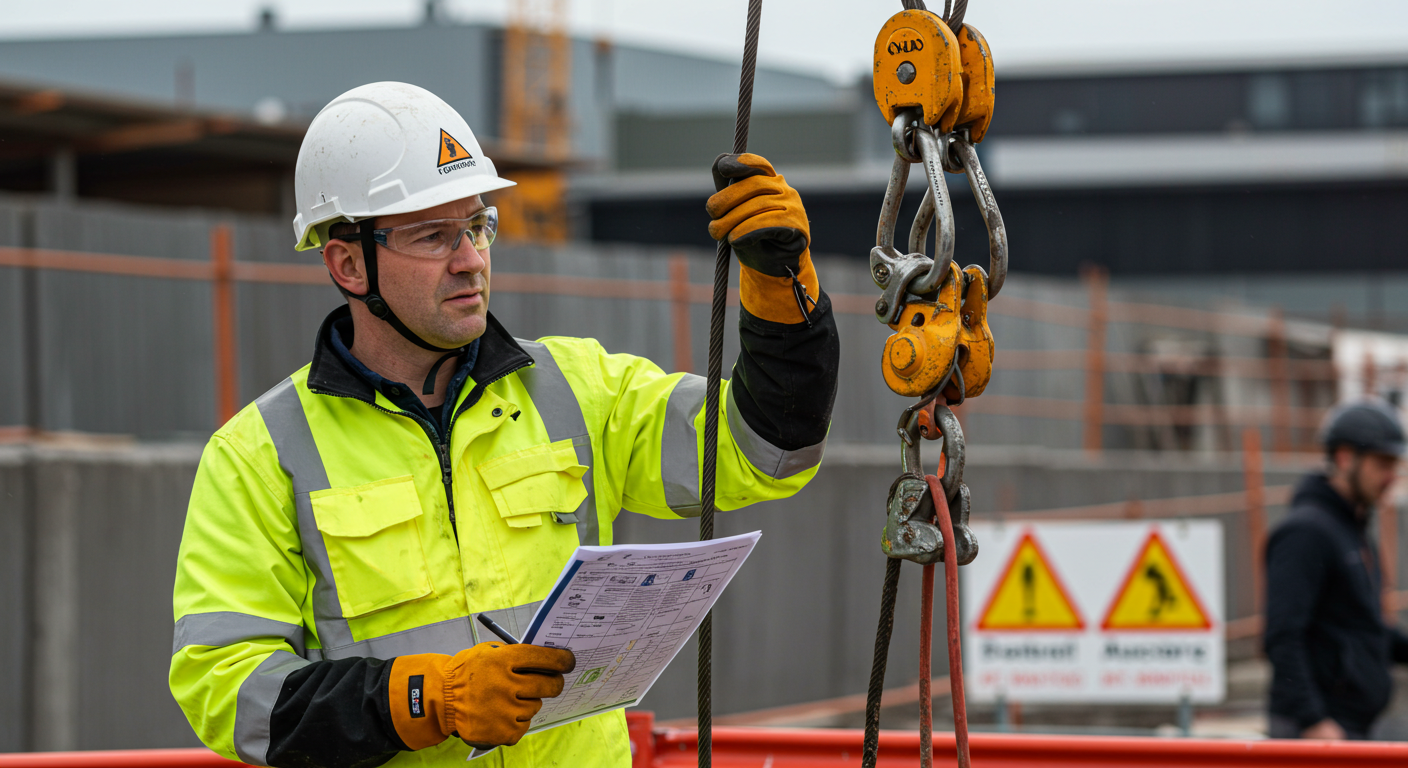
Improper rigging can cause deadly outcomes by damaging cargo, cranes, and nearby structures, and even worse, it can put human lives at risk. Inspecting lifting slings and shackles before each job can stop loads from slipping or breaking under pressure. Implementing a rigging safety checklist before every project helps in optimal gear functioning. Here at Knowles Cranes, we design proven rigging and lifting solutions for every job, adhering to the highest safety standards to keep both personnel and equipment safe.
Compliance with Regulations
It's crucial to stick to the Occupational Health and Safety Act 2004 and the Occupational Health and Safety Regulations 2017 in Victoria. Personnel should also be familiar with WorkSafe Victoria guidelines to ensure that each operation adheres to safety regulations. Violation of guidelines may result in legal penalties, termination of operational work, and damage to the company's reputation. We make it a top priority to follow all the applicable legislation and codes of practice to make sure every operation meets the safety rules.
Conclusion
Rigging services are not just a technical requirement. They are the cornerstone of every successful construction project. If your business requires rigging solutions in Victoria and Australia, let Knowles Cranes help you make the move smooth. With over 50 years of experience in industrial rigging services, we provide precise cost estimates by analysing technical specifications or inspecting the site. Call us at 0425 053 243 to discuss your rigging requirements.
